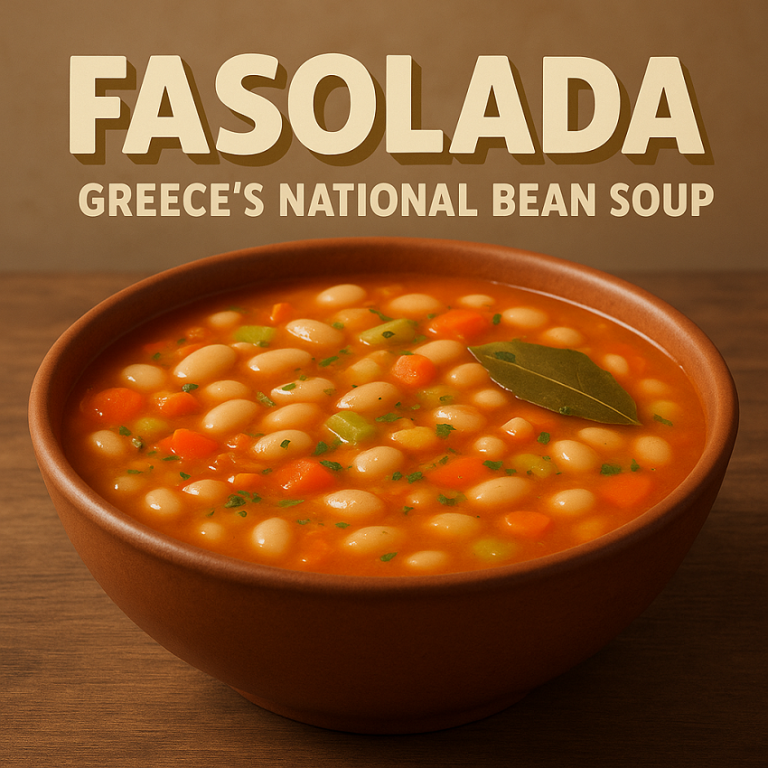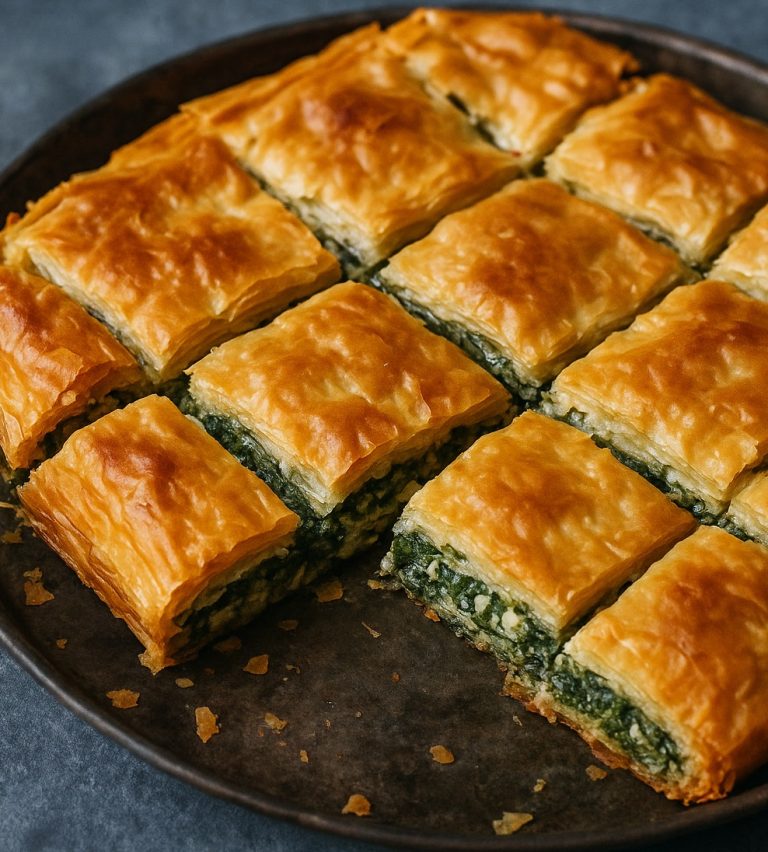
Olive oil cake is a delightful dessert that has gained popularity for its unique flavor profile and moist texture. With roots in Mediterranean cuisine, this cake offers a delicious twist on traditional cake recipes, blending the richness of olive oil with fragrant citrus and subtle sweetness.
Ingredients
The beauty of olive oil cake lies in its simplicity. Key ingredients typically include:
- Extra Virgin Olive Oil: Provides moisture, flavor, and a distinct aroma. Using high-quality olive oil can elevate the cake’s taste significantly.
- Flour: All-purpose flour is commonly used, though some variations may incorporate almond flour for a gluten-free option, adding a nutty flavor.
- Sugar: Granulated sugar adds sweetness, while some recipes use honey or maple syrup for a healthier twist.
- Eggs: Essential for structure and richness, contributing to the cake’s tender crumb.
- Citrus Zest: Lemon or orange zest brightens the flavor and adds freshness, making each bite vibrant.
- Baking Powder: The leavening agent that helps the cake rise, ensuring a light texture.
- Salt: Enhances the overall flavor, balancing the sweetness.
Making Olive Oil Cake
Step-by-Step Recipe
- Preheat the Oven: Set your oven to 350°F (175°C) and grease a round cake pan, ensuring it’s ready for the batter.
- Mix Dry Ingredients: In a bowl, whisk together flour, baking powder, and salt, creating a uniform blend that will ensure even rising.
- Combine Wet Ingredients: In another bowl, whisk eggs and sugar until light and frothy. Gradually add olive oil and citrus zest, mixing until well combined, allowing the flavors to meld.
- Combine Mixtures: Gradually add the dry ingredients to the wet mixture, stirring gently until just combined. Avoid overmixing to maintain a tender texture.
- Bake: Pour the batter into the prepared pan and bake for 30-35 minutes, or until a toothpick inserted in the center comes out clean. The cake should be lightly golden on top.
- Cool and Serve: Allow the cake to cool in the pan for a few minutes before transferring it to a wire rack. Serve plain, dusted with powdered sugar, or topped with fresh fruit for a burst of color and flavor.
Variations
Olive oil cake is versatile, allowing for various adaptations that cater to different tastes:
- Herb-Infused: Incorporate fresh herbs like rosemary or thyme for an aromatic twist that complements the olive oil.
- Fruit-Loaded: Add fresh berries or citrus segments for added flavor and texture, making the cake even more appealing.
- Chocolate Version: Blend in cocoa powder or chocolate chips for a rich, decadent cake that appeals to chocolate lovers.
- Nutty Addition: Fold in chopped nuts like almonds or walnuts to add crunch and depth to the cake.
Pairing Suggestions
This cake pairs beautifully with various accompaniments that enhance its flavor profile:
- Whipped Cream: Light and airy, it complements the cake’s density and adds a creamy texture.
- Gelato or Ice Cream: A scoop of vanilla or citrus-flavored gelato enhances the dessert experience, providing a cool contrast.
- Coffee or Tea: A warm beverage balances the sweet, rich flavors of the cake, making it a perfect afternoon treat.
- Fresh Fruit: Serve with a side of seasonal fruit to add freshness and a pop of color to your plate.

Serving and Presentation
Presentation is key when serving olive oil cake. Dusting the top with powdered sugar can create an elegant finish. Consider adding a drizzle of honey or a citrus glaze for an added touch of sophistication. You can also serve slices on a beautiful cake stand or plate, garnished with fresh herbs or edible flowers for a visually appealing display.
Nutritional Benefits
Olive oil, a primary ingredient, is known for its health benefits. Rich in monounsaturated fats, it can promote heart health and reduce inflammation. Additionally, olive oil contains antioxidants and has been linked to various health benefits, making this cake a more wholesome dessert option compared to those made with butter or margarine.
Conclusion
Olive oil cake is a testament to the beauty of simple ingredients coming together to create something extraordinary. Its moist texture, subtle flavor, and versatility make it a favorite among dessert lovers. Whether enjoyed on its own or dressed up with accompaniments, this cake is sure to impress at any gathering. Embrace the Mediterranean tradition and try making your own olive oil cake—it’s an experience that celebrates both flavor and culture.
With its rich history and delightful taste, olive oil cake is not just a dessert; it’s a celebration of culinary heritage and a wonderful way to bring a touch of the Mediterranean into your home.



